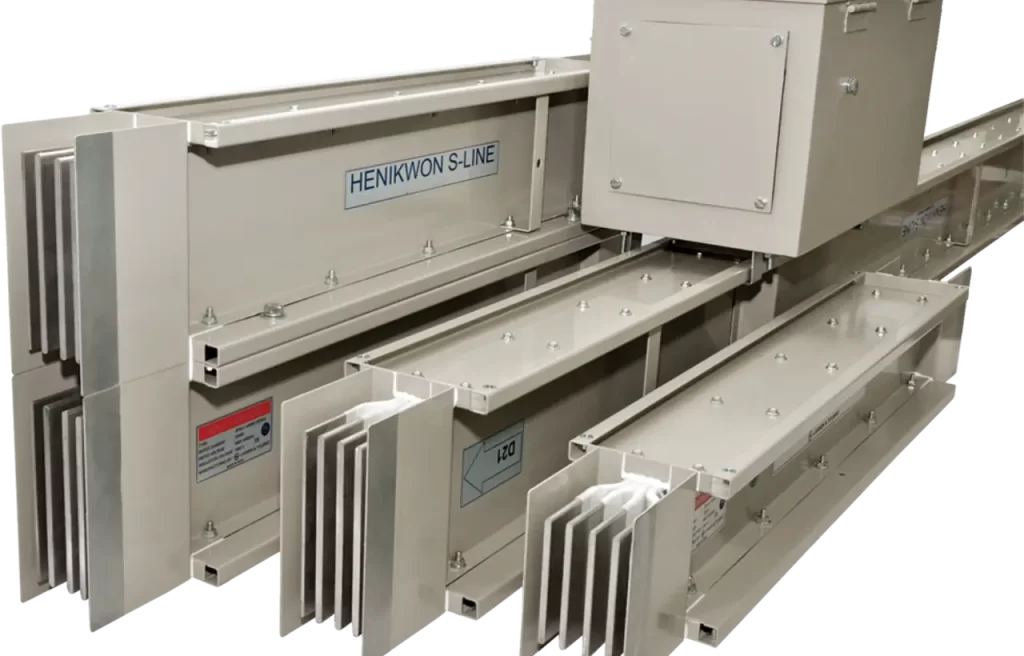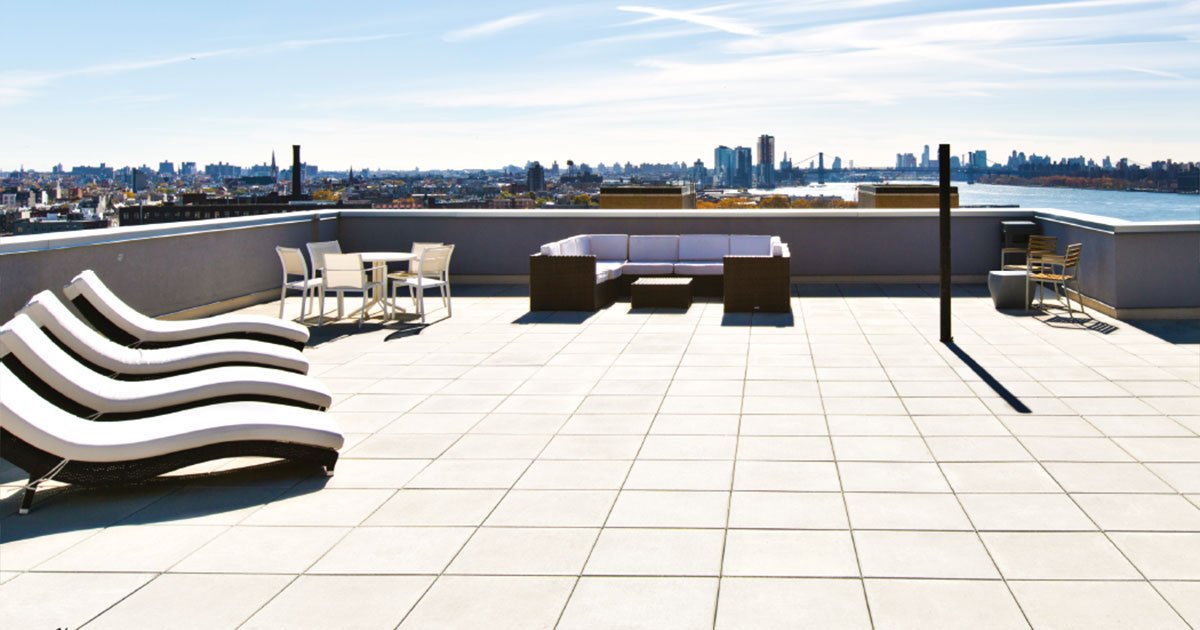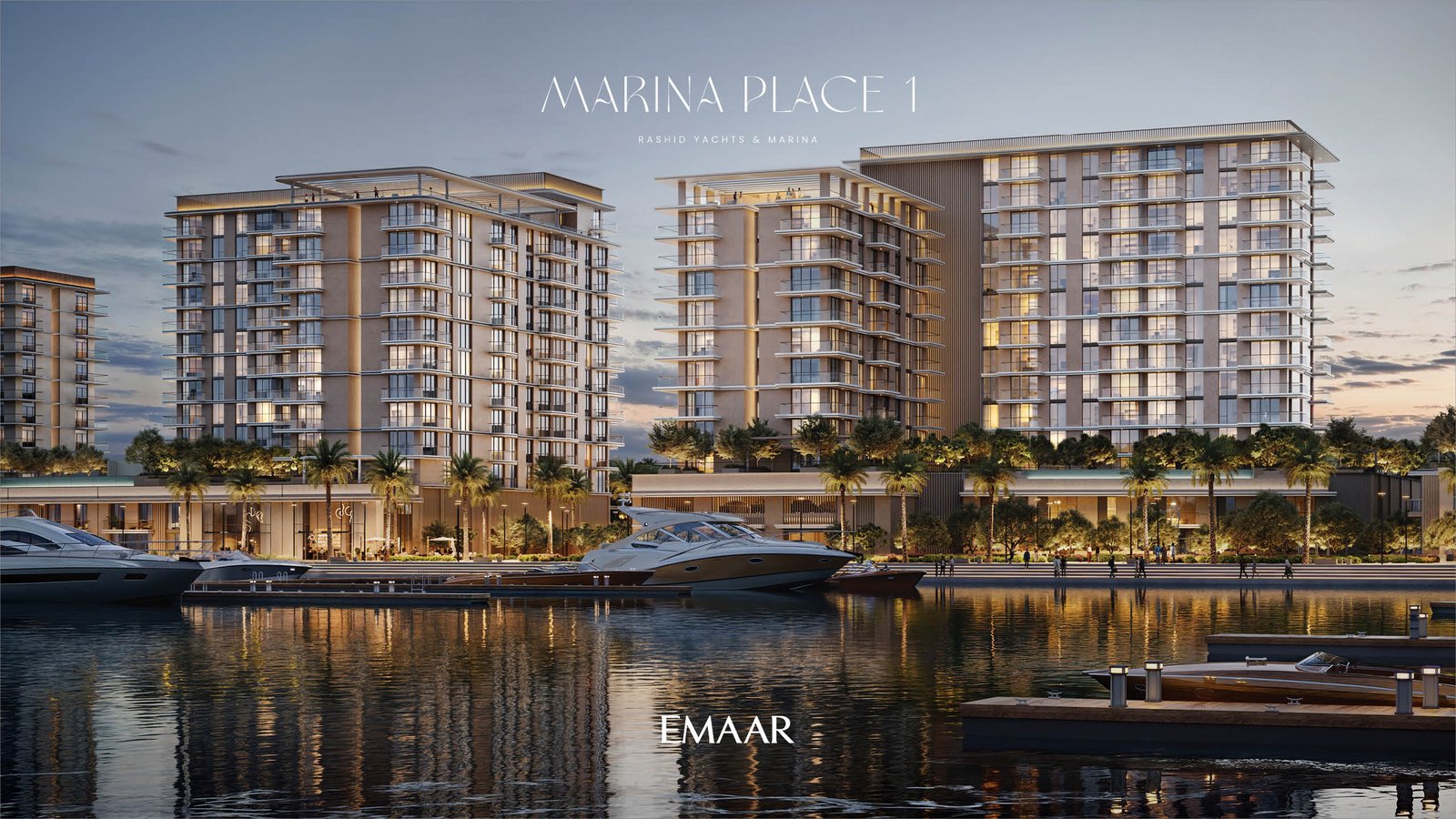In today’s fast-paced industrial landscape, the efficiency and reliability of your electrical distribution network can make or break operational productivity. A well-designed busbar trunking system not only simplifies power distribution but also enhances safety, flexibility, and maintenance. When it comes to delivering tailored solutions, Manikaran Enterprises stands at the forefront. As the Top Electrical Solution Company in Rajasthan we understand that one size does not fit all. In this article, we’ll explore how to tailor busbar trunking systems to meet your unique business requirements, ensuring uninterrupted power flow, scalability, and cost-effectiveness.
Understanding Busbar Trunking Systems
Busbar trunking systems consist of insulated conductive bars—typically copper or aluminum—encased in a protective enclosure. Unlike traditional cabling, these systems offer high current-carrying capacity, reduced voltage drop, and a compact footprint. Their modular design allows for easy customization, making them ideal for industries ranging from manufacturing plants and data centers to commercial complexes. Key advantages include:
- Space optimization: Slim profiles reduce ceiling void requirements and free up valuable floor space.
- Load flexibility: Tap-off units can be easily added or relocated without extensive rewiring.
- Reduced installation time: Pre-fabricated lengths and straightforward jointing techniques speed up commissioning.
Assessing Your Business Requirements
Before selecting or designing a busbar trunking system, conduct a thorough assessment of your facility’s needs:
- Load analysis: Calculate your current and projected power demands. For businesses anticipating growth or technological upgrades, plan for future load increases to avoid costly retrofits.
- Environmental conditions: Consider factors such as ambient temperature, humidity, dust levels, and potential exposure to corrosive agents. Special enclosures or protective coatings may be required for harsh environments.
- Electrical parameters: Determine the necessary voltage level (low, medium, or high voltage), phase configuration, and short-circuit rating. Ensuring compatibility with existing switchgear and transformers is crucial.
- Space and accessibility: Evaluate the available pathways—ceilings, raised floors, or external cable trays—and plan for maintenance access points.
Customization and Modular Design
One of the greatest strengths of busbar trunking systems is their modularity. By selecting the right combination of straight lengths, bends, and tap-off units, you can create a bespoke layout that aligns perfectly with your facility’s footprint. Customization options include:
- Segment lengths: Standardized lengths minimize on-site cutting, but bespoke lengths can bridge longer spans.
- Tap-off density: Choose from single-phase to multi-phase tap-off units to suit equipment distribution patterns.
- Color coding and labeling: Enhance safety and simplify troubleshooting by color-coding enclosures or adding laser-etched labels.
- Accessory integration: Incorporate surge protection devices, fault indicators, and meters directly into the busbar run for real-time monitoring.
Ensuring Safety and Compliance
Safety is non-negotiable when handling high-power electrical systems. Tailored busbar trunking must adhere to national and international standards, including IEC 61439-6 and relevant local regulations. Key considerations include:
- Short-circuit withstand rating: Ensure the enclosure and joints can handle prospective fault currents without deformation.
- Ingress protection (IP) rating: Select appropriate IP levels to guard against dust and moisture—especially critical in dusty production environments or outdoor applications.
- Thermal management: Proper insulation and ventilation prevent overheating; thermal simulations can validate design under peak-load scenarios.
- Earth continuity and grounding: Robust grounding systems minimize touch voltage hazards and help stabilize system voltage.
Partnering with the Right Provider
Choosing the right installation partner is as important as selecting the system itself. Look for a provider with proven expertise in design, fabrication, and commissioning. For businesses across India, the Busbar Trunking System Installation Service in India offered by Manikaran Enterprises delivers end-to-end support—from initial site survey and load calculations to on-site assembly and testing. Their team of certified technicians ensures seamless integration with existing electrical infrastructure and provides comprehensive after-sales maintenance programs.
Real-World Applications and Case Studies
Several industries have reaped the benefits of tailored busbar trunking solutions:
- Automotive manufacturing: High-current assembly lines require robust power distribution with minimal downtime. Customized trunking layouts have reduced maintenance hours by up to 40%.
- Data centers: Tight rack configurations and dense server loads demand precise power routing. Modular tap-offs enable quick reconfiguration during rack expansions.
- Commercial complexes: Multi-tenant buildings benefit from clear circuit segmentation, facilitating tenant-specific metering and billing.
Conclusion
Selecting and customizing a busbar trunking system involves more than just picking a product off the shelf. By thoroughly assessing load requirements, environmental factors, and safety standards, you can design a solution that scales with your business and minimizes operational risks. Partnering with a specialist like Manikaran Enterprises ensures you receive expert guidance, quality fabrication, and reliable installation—laying the foundation for uninterrupted power distribution and long-term success. Tailoring your busbar trunking system is an investment in efficiency, safety, and future growth. Ensure you make the right choice today to power your business tomorrow.




